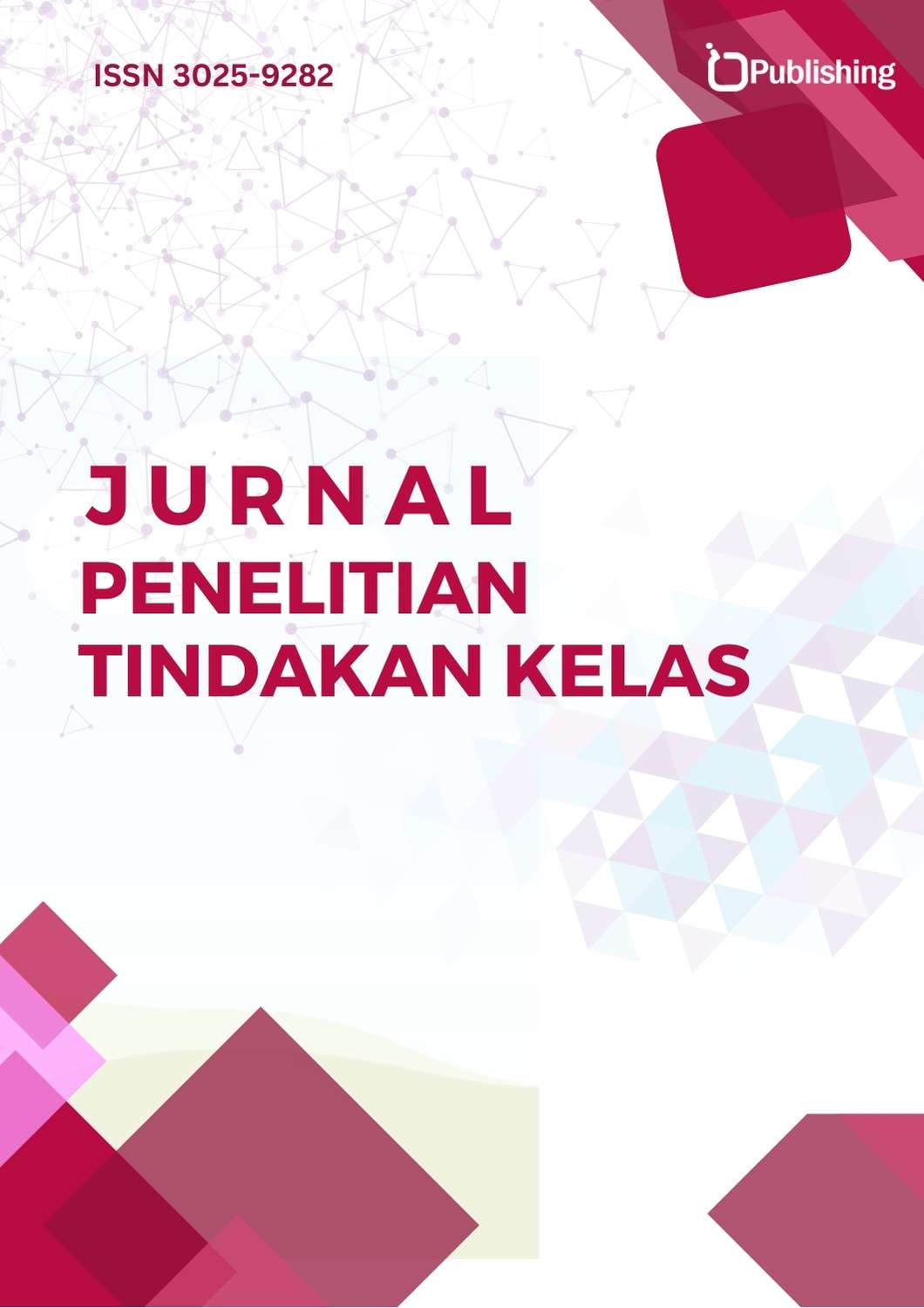Similarities and Differences of English and Uzbek Aphorisms
DOI:
https://doi.org/10.47134/ptk.v2i4.1756Keywords:
Aphorism, Linguoculturology, Linguocultural Terms, Zoonym, OnomasticsAbstract
This article analyses English and Uzbek aphorisms and shows their similarities and differences. In addition, the linguocultural terms that express the culture contained in English and Uzbek aphorisms are illustrated through examples. The content of aphorisms divided into categories in the two languages and their significance in linguocultural studies are described
References
Bobur, Z. M. (1996). The Baburnama: Memoirs of Babur, Prince and Emperor (W. M. Thackston, Trans.). Oxford University Press.
Byron, G. G. (2004). The major works (J. McGann, Ed.). Oxford University Press. (Original works published 1812–1824)
Coyle, B. (1974). The study of aphorism in Wallace Stevens’ poetry. Nebraska.
Danton, G. J. (1794/1983). The speeches of Danton (J. Rothschild, Trans.). Hackett Publishing.
Disraeli, B. (2002). The collected speeches and writings of Benjamin Disraeli (J. Smith, Ed.). Oxford University Press.
Fuller, T. (1732). Gnomologia: Adages and proverbs (p. 153). London: Printed for W. Mears.
Hoffman, M. (1990). The First World War: A historical analysis. Cambridge University Press. (Quote on page 52)
Hojiyev, A. (2002). Tilshunoslik terminlarining izohli lug‘ati [Explanatory dictionary of linguistic terms]. Toshkent.
Karimov, S. (2012). The national-cultural peculiarities of Uzbek proverbs and sayings in English translation. Journal of Foreign Languages and Linguistics, 3(1), 45–51.
Mashrab. (1993). Devon [Collected poems] (Q. Nazarov, Ed.). Toshkent: Gʻafur Gʻulom nomidagi Adabiyot va san’at nashriyoti.
Mieder, W. (1993). International proverb scholarship: An annotated bibliography. Garland Publishing.
Mieder, W. (2004). Proverbs: A handbook. Greenwood Press.
Norrick, N. R. (1985). How proverbs mean: Semantic studies in English proverbs. Mouton.
Paremiology. (n.d.). Wikipedia. Retrieved April 30, 2025, from https://en.m.wikipedia.org/wiki/Paremiology
Sapir, E. (1921). Language: An introduction to the study of speech. Harcourt, Brace & Co.
Schepers, M. (1997). Aphoristic thoughts. Leyden.
Sharipov, A. (2017). Cultural worldview and national mentality in Uzbek proverbs. Uzbekistan State World Languages University Journal, 4(2), 32–39.
Sheroziy, T. (1995). Sheroziy she'rlari [The poems of Tavakkul Sheroziy]. Toshkent: Gʻafur Gʻulom Publishing House.
Shirazi, S. (1994). The Gulistan of Sa'di (R. A. Nicholson, Trans.). Harvard University Press.
Tashpulatov, Z. (2006). Aforizmlarning janr xususiyatlari va badiiyati [Genre characteristics and artistry of aphorisms]. Toshkent.
Tashpulatova, D. (2023). O‘zbek va ingliz tillaridagi aforizmlarning pragmatik xususiyati hamda ularning korpusda berilishining tamoyillari [Pragmatic features of aphorisms in Uzbek and English and principles of their corpus presentation]. Andijon.
Terrense, R. (1981). Aphorism and met-aphorism: The aphoristic tradition and the aphorisms of Franz Kafka. Virginia.
Waddel, W. (1981). Aphorisms in the poetry of Robert Frost. Chapel Hill.
Wendell, R. (2010). The interpretation of the Lord’s prayer Q 11:2b-4 in the formative stratum of Q (Q1) according to the literary and cultural perspectives afforded by the affixed aphorisms. Chicago.
Yo‘ldoshev, M. (2007). Badiiy matn va uning lingvopoetik tahlili asoslari [Artistic text and the basics of its linguopoetic analysis]. Toshkent.
Yusupova, M. K. (2015). O‘zbek maqollari va hikmatli so‘zlari: Semantik-pragmatik tahlil. Toshkent: Fan.











